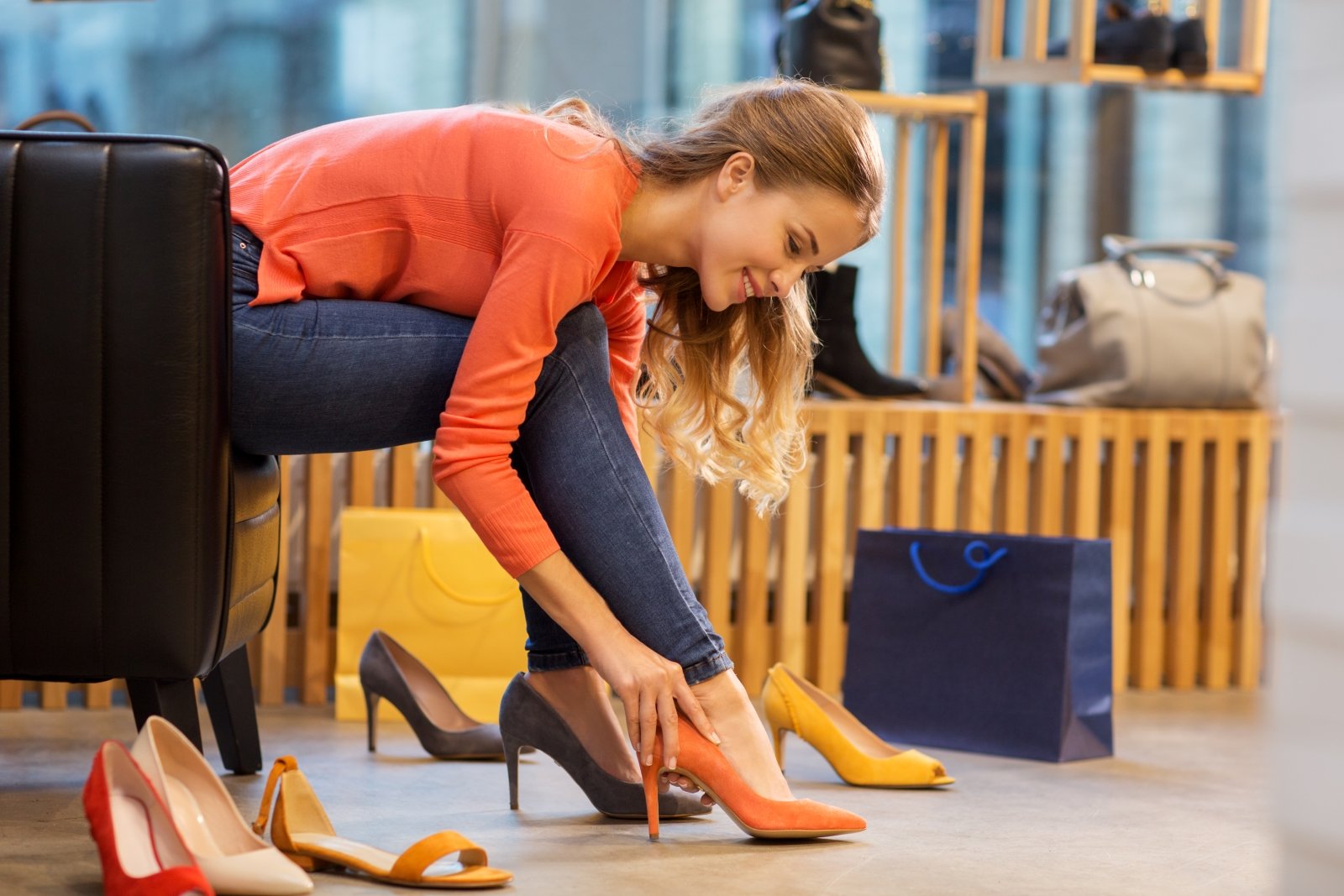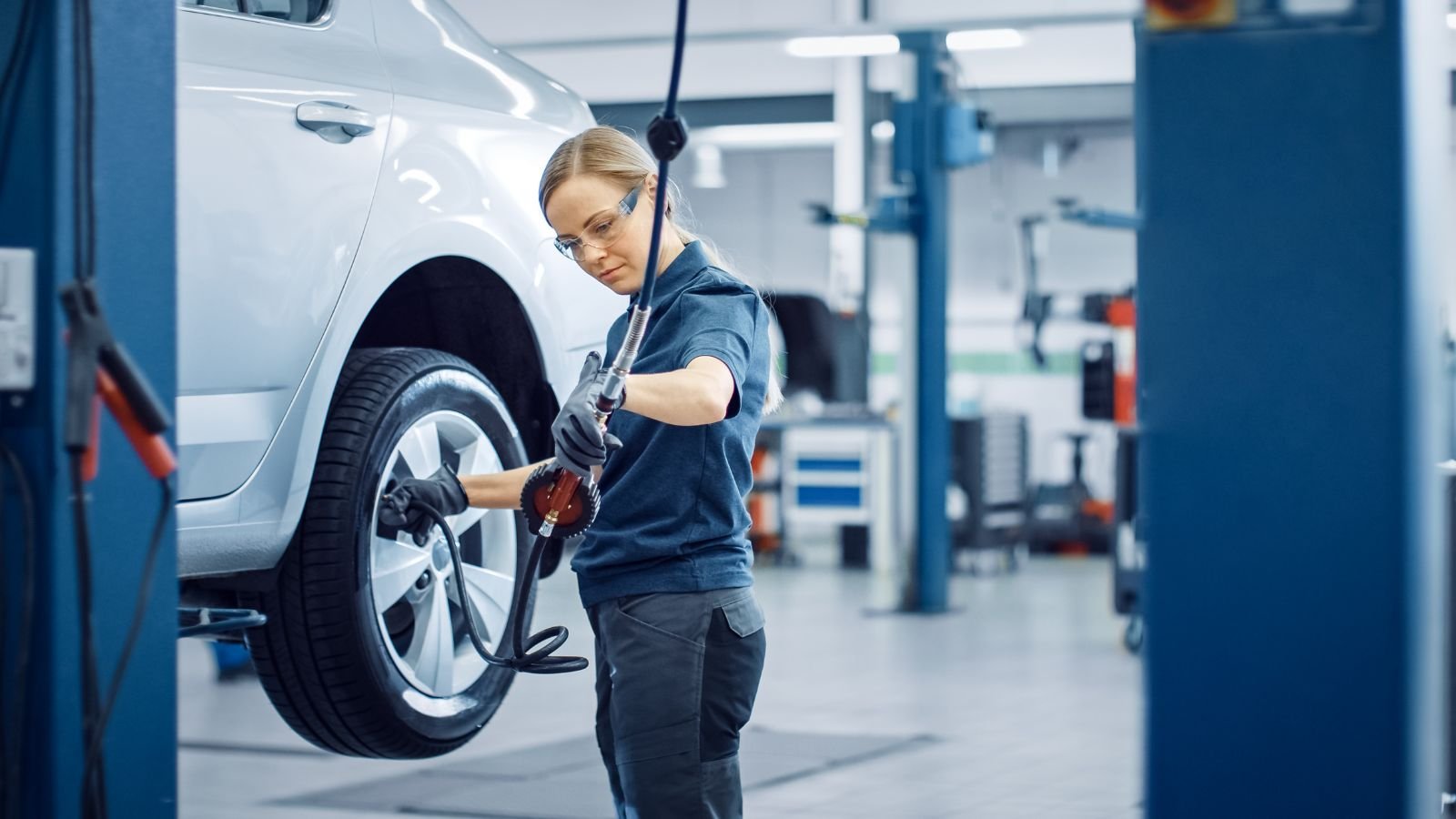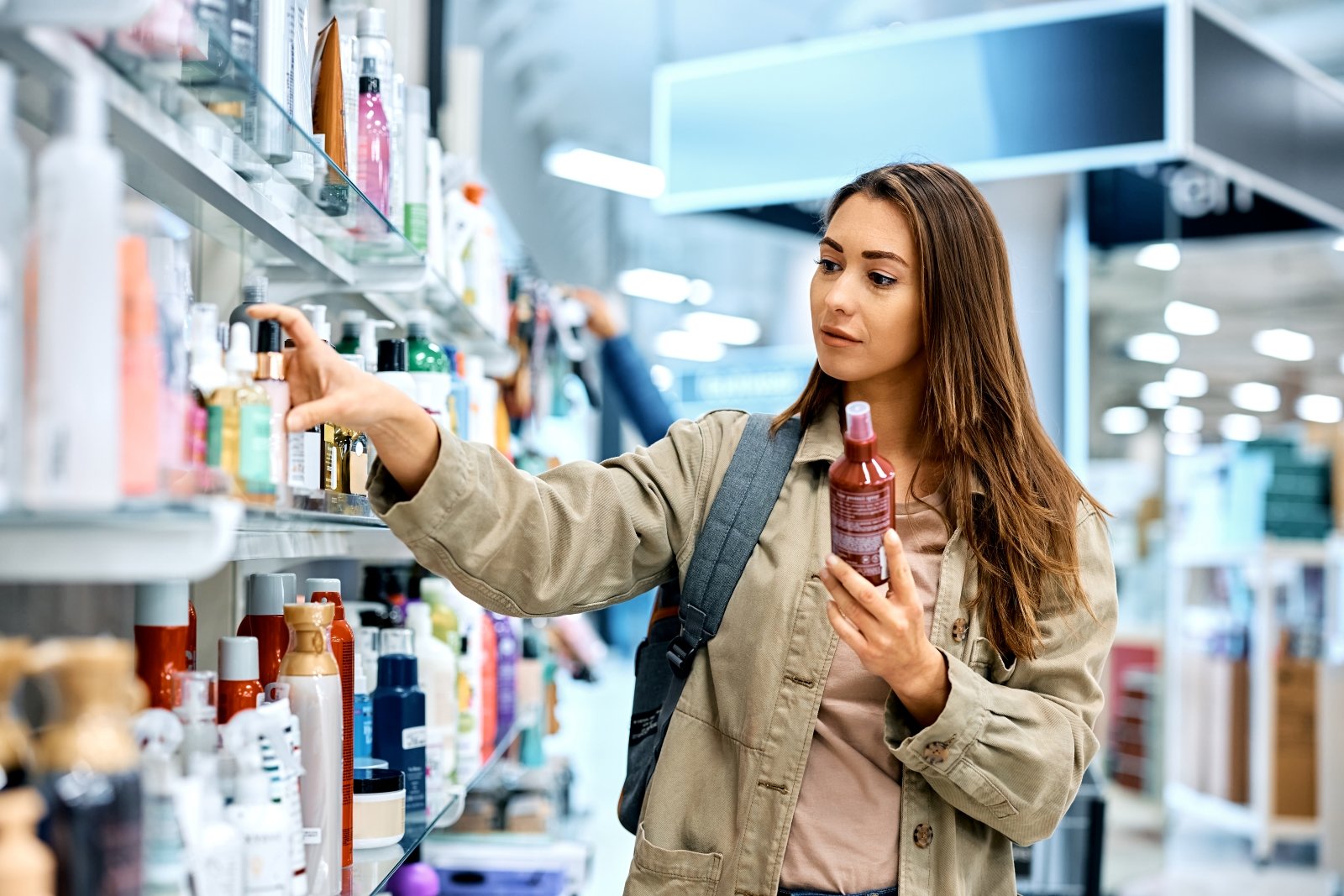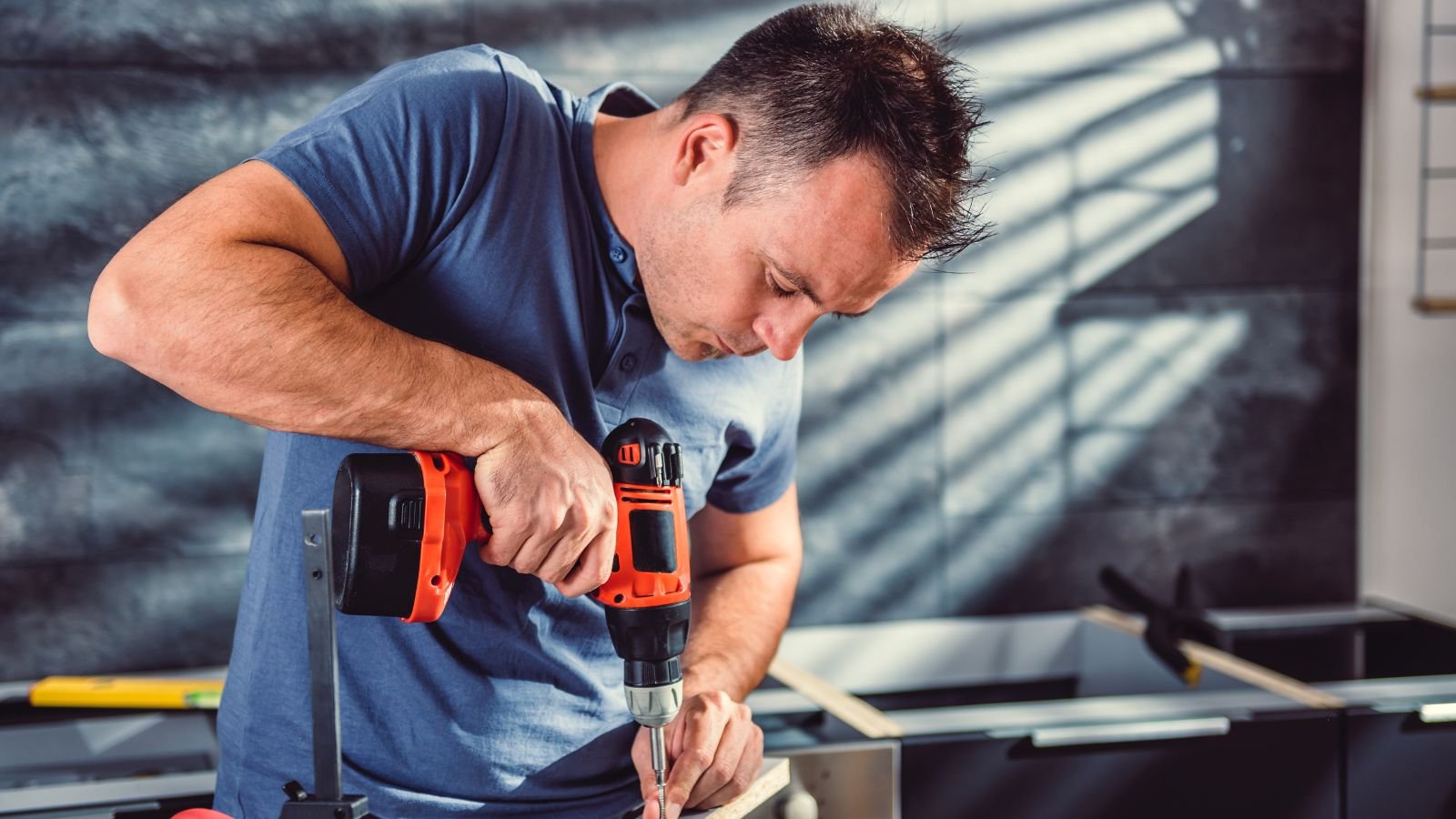Purchasing used goods might be an excellent method to cut costs. However, certain items come with hidden risks that outweigh the savings. They may carry unseen damage or hygienic concerns that compromise safety and quality. Knowing which items to avoid helps ensure that secondhand shopping remains both budget-friendly and safe.
Car Seats

According to the CDC, car seats reduce the fatality risks among infants by 71-82%. However, used car seats may have hidden structural damage from previous damages or long-term use. Safety standards for car seats evolve rapidly. This renders older models potentially unsafe. Plastic components degrade over time, weakening the seat’s protective capabilities. Missing installation instructions or recall information can lead to improper use. Expiration dates on car seats are crucial safety indicators often overlooked in second-hand purchases.
Helmets

Experts recommend replacing helmets every 3 to 5 years due to material degradation. Used helmets may have sustained impacts that compromise their protective abilities without visible signs. The foam lining in helmets compresses during collisions. It reduces the effectiveness of shock absorption. With time, hair products and sweat deteriorate the helmet even more. Second-hand or older helmets might not meet current safety standards. It leaves users vulnerable to severe injuries.
Shoes

Shoes that have been worn by someone develop wear patterns unique to the original owner’s gait. This can lead to discomfort, blisters, and potential foot problems for new users. The cushioning and support in shoes break down over time. Bacteria and fungi thrive in used footwear. This increases the risk of foot infection.
Underwear and Swimwear

WebMD cautions against sharing personal items due to infection risks. Used underwear and swimwear can harbor harmful bacteria even after washing. The elastic in these garments deteriorates over time, affecting fit and comfort. Intimate clothing items absorb body oils and dead skin cells. These factors make thorough sanitization of second-hand underwear and swimwear extremely challenging.
Mattress

1 in every 5 individuals residing in the U.S. report having a bed bug problem. The probability increases when it comes to used mattresses as it creates an ideal environment for these pests to thrive. Moreover, dust mites thrive on used mattresses by consuming the dead skin cells. The porous nature of mattress materials makes thorough sanitization nearly impossible. Bodily fluids and bacteria can penetrate deep into the mattress core. Allergens accumulate over time, potentially triggering respiratory issues for new users.
Kitchen Appliances

Small kitchen appliances usually last about 6 to 9 years. Used blenders and food processors may have worn-out motors, reducing efficiency and lifespan. Blades in second-hand appliances often become dull. It affects food preparation quality. Internal components can accumulate food residue and bacteria over time. Older models may lack modern safety features. It increases the risk of accidents during use.
Electronic Devices

According to the Consumer Technology Association (CTA), the average lifespan of electronics such as laptops is 3-5 years and smartphones are 2-5 years. Used devices may have outdated hardware, limiting their ability to run current software. Battery life in second-hand electronics often degrades significantly, reducing portability. Previous owners may have installed malware or left personal data. Refurbished devices might use lower-quality replacement parts. This affects the overall performance and longevity of second-hand devices.
Cribs

More than 55 thousand injuries occur every year because of nursery-related products such as cribs. Older cribs may have wider slat spacing, posing entrapment risks for infants. Used cribs might have loose or missing hardware, compromising structural integrity. Drop-side cribs, banned since 2011, are still found in second-hand markets. Worn-out mattress support systems in used cribs can lead to suffocation risks for babies.
Stuffed Animals

Stuffed toys can harbor dust mites and allergens. Second-hand plush toys accumulate dead skin cells, providing food for microscopic organisms. Used stuffed animals may contain harmful chemicals from previous cleaning attempts. Older toys might have loose parts or damaged seams. It poses choking hazards. The porous nature of stuffed toys makes it difficult to clean them thoroughly.
Baby Feeding Gear

Experts recommend replacing baby bottles every 4 to 6 months. Used bottles may have microscopic cracks harboring bacteria, even after sterilization. Older plastic bottles might contain BPA, a chemical banned in new baby products. Second-hand bottle nipples can deteriorate. It can alter milk flow and potentially cause choking hazards. Unless they are medical grade, used breast pumps are not made to accommodate numerous users.
Upholstered Furniture

The U.S. Environmental Protection Agency reports that indoor air can be 2 to 5 times more polluted than outdoor air. Second-hand upholstered furniture can harbor dust mites, pet dander, and other allergens. Used sofas and chairs may contain harmful flame retardants that newer furniture no longer uses. Stains on pre-owned upholstery can indicate deep-set contaminants that are difficult to remove. Older furniture may not meet current flammability standards, posing potential fire hazards.
Tires

As per the National Highway Traffic Safety Administration, replacing tires every 6 to 10 years is necessary. Used tires may have invisible internal damage from previous impacts of improper storage. Second-hand tires can have uneven wear patterns, affecting vehicle handling and safety. Older tires may be more prone to blowouts, especially in hot weather. The rubber in tires degrades over time. It reduces traction and increases stopping distances.
Large Appliances

Modern appliances use 10% to 50% less energy than older models. Second-hand large appliances often have worn components which reduces efficiency and increases energy consumption. Used refrigerators, washing machines, and dryers may harbor mold and bacteria. The absence of modern safety measures in older appliances may raise the danger of electrical fires. Repairing used appliances can be costly due to discontinued parts and outdated technology.
Cosmetics

The FDA warns that shared cosmetics can spread infections. Used makeup products may contain harmful bacteria, leading to skin irritations or eye infections. Opened cosmetics have a limited shelf life, with mascara lasting only 3 months. Second-hand makeup applicators can harbor dead skin cells and oils from previous users. Counterfeit cosmetics, often sold as genuine products in second-hand markets, may contain harmful substances.
Power Tools

About 400,000 people are injured every year because of power tool accidents. Used power tools may have worn cords or faulty switches, increasing electrical shock risks. Second-hand tools often lack modern safety features like automatic shut-offs or improved guards. Blades and bits in used tools may be dull or damaged which can lead to poor performance. Older tools might not meet current safety standards, exposing users to unnecessary risks.
